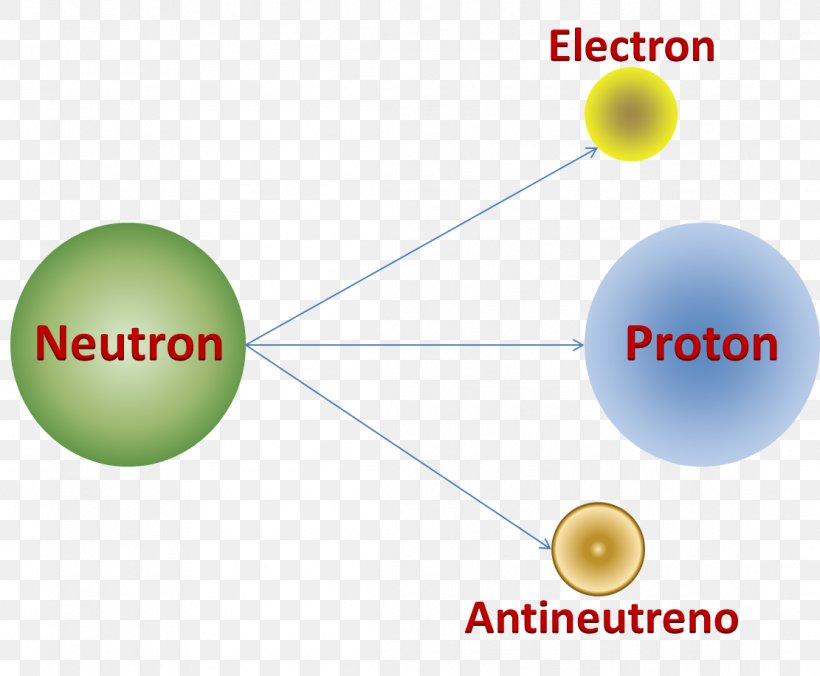The intricate tapestry of the universe is woven from a complex set of interactions that govern the behavior of matter and energy at the most fundamental levels. Among these forces, nuclear interactions hold a paramount position, particularly within the realm of particle physics. Debates often arise around which of these formidable forces reigns supreme concerning speed. In this exploration, we shall delve into the fascinating realm of nuclear forces, with a primary focus on the swiftest among them: the electromagnetic interaction.
On the grand stage of physics, four fundamental forces delineate the interactions of the cosmos: gravitational, electromagnetic, strong nuclear, and weak nuclear forces. Each of these forces plays a distinct role, resembling actors in an elaborate ballet where precision and timing are essential. Within this professional metaphor, let us embark upon our inquiry, scrutinizing the unique attributes of these forces, and particularly emphasizing the speed of their interactions.
The enigmatic gravitational force is the dance of massive celestial bodies swaying gracefully in the cosmos, pacifying the universe’s vastness. Gravity, while profound in its reach—from the slumping of galaxies to the desolation of black holes—operates at a protracted pace. Its infinite range leads to a powerful, yet leisurely embrace of matter, wherein one can feel its influence even from an astronomical distance. However, its relatively glacial speed renders it less compelling when considering rapid interactions.
In stark contrast, the electromagnetic force, with its ability to mediate interactions between charged particles, can be construed as an energetic bolt of lightning illuminating the dark abyss of space. This force governs the behavior of atoms and dictates chemical interactions, operating at the speed of light—approximately 299,792 kilometers per second in a vacuum. Electromagnetism catalyzes the formation of molecular bonds, orchestrating the essential reactions that sustain life.
When examining the nuances of nuclear forces, we encounter the strong nuclear force, often touted as one of the most powerful yet fleeting interactions within the atomic nucleus. The strong nuclear force operates over an exceedingly short range—on the order of one femtometer, or 10-15 meters—where it effectively binds protons and neutrons within the nucleus by overcoming the repulsive electromagnetic force that would otherwise dominate. This ephemeral yet intense interaction occurs at unfathomable speeds, but its scope is limited compared to the far-reaching capabilities of electromagnetic interactions.
Conversely, the weak nuclear force, while not the fastest in terms of speed, plays an indispensable role in processes such as beta decay. This force operates with relatively low energy thresholds and is characterized by its ability to convert one type of subatomic particle into another. The interactions facilitated by this force are crucial for stellar nucleosynthesis—the process that powers stars. Nonetheless, the weak force’s lethargic pace contrasts sharply with the exuberant speed of electromagnetic interactions.
In contemplating the designation of the “fastest” interaction, it becomes evident that the electromagnetic force, reigning supreme in terms of speed, possesses unmatched agility in coordinating molecular interactions within the atomic realm. Its ability to mediate electronic interactions enables a myriad of chemical phenomena that define our physical world. This swift nature is not merely a characteristic; rather, it is the lifeblood that courses through the veins of matter, allowing the universe to function harmoniously.
Consider the implications of this rapid interaction. Electromagnetic forces facilitate the exchange of photons, the quintessential particles of light, effectively connecting the subatomic to the macroscopic. In traditional terms, manifesting the potentiality of phase transitions, artists of science depict phenomena such as lightning, the warmth of sunlight on skin, and the vibrant colors of fireworks, all resulting from rapid electromagnetic interactions. The dynamic interplay between charged particles essentially electrifies the very fabric of reality.
Moreover, in a broader sense, the speed of electromagnetic interactions resonates throughout various domains, from the circuits of technology to the fundamentals of quantum computing, where bits are manipulated at rapid rates to usher in new realms of computation. The capacity for lightning-fast exchanges between particles translates into the modern wonders of communication technologies that define contemporary society.
Let us also ponder the future of this marvel of rapid interactions. As research delves deeper into quantum physics, the prospects of harnessing electromagnetic interactions at unprecedented scales offer tantalizing possibilities. Concepts such as quantum entanglement and teleportation signify mere glimpses into a realm where speed transcends traditional constraints, leading to an era where the rapid nature of electromagnetic interactions may redefine connectivity and communication across vast distances.
In conclusion, the cosmos speaks through a multitude of interactions, threading together the delicate fabric of reality. While gravitation offers a ponderous embrace and the strong nuclear force binds fundamental particles in a fleeting yet rigorous manner, it is the electromagnetic interaction that triumphs as the maestro of rapidity. It orchestrates a tempo that resonates throughout the universe’s physical constructs, engaging with atoms and molecules in an ever-ongoing performance of exquisite complexity. Thus, we recognize the electromagnetic force not merely for its speed but as a vital force—the very pulse of interaction that enables the phenomenology of existence itself.












